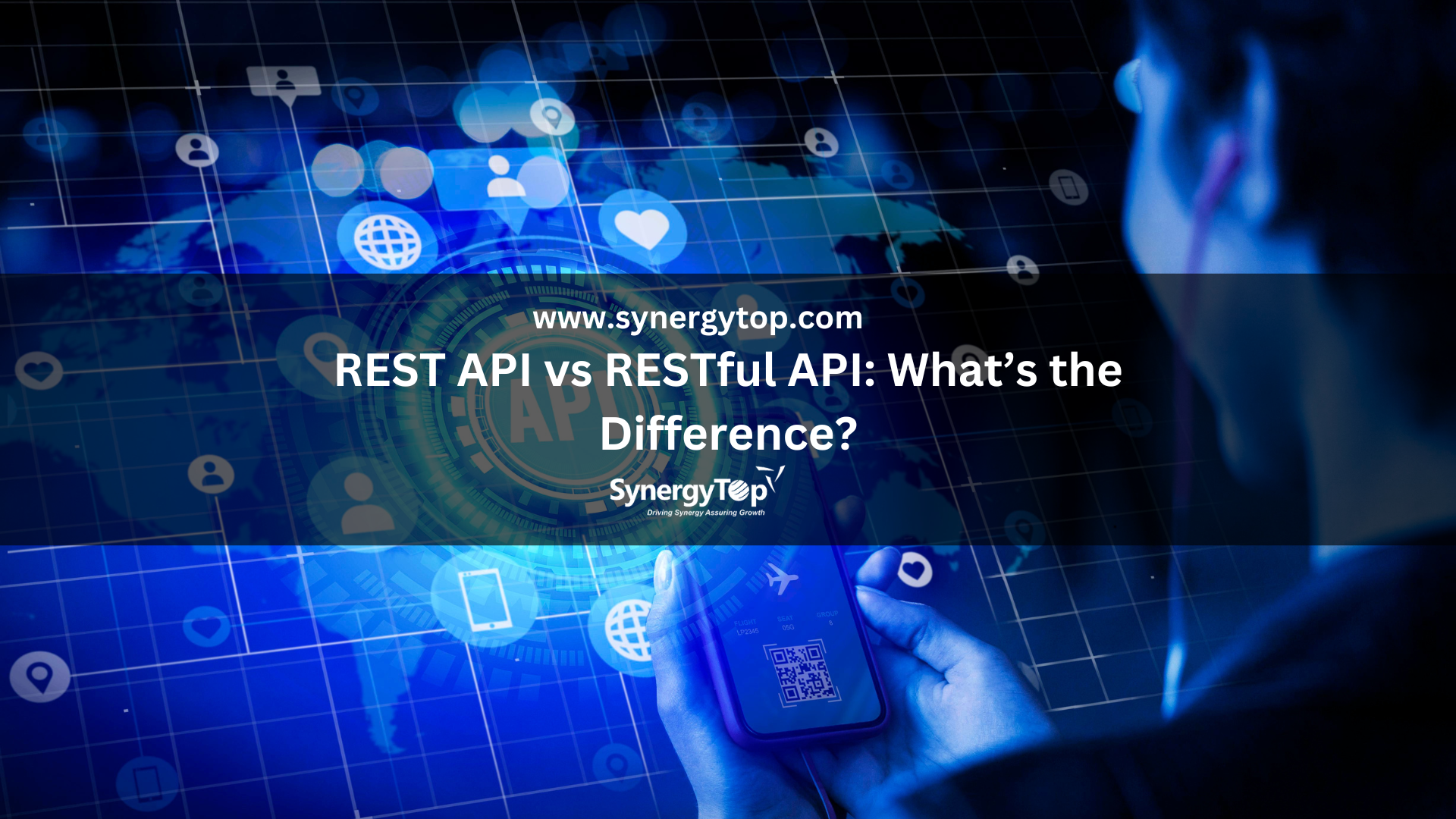
About the client
Our client is a leading energy sector business. They had developed a comprehensive application powered by ReactJS, primarily utilized by their internal sales and administrative teams for managing inventory, orders, and customer data. However, they recognized the need to extend the application’s functionality to their customers, requiring a more user-friendly and accessible frontend interface.
Key Challenges
Our client sought a solution to integrate their robust React backend seamlessly with a user-friendly WordPress frontend. This React and WordPress integration aimed to enhance customer engagement and streamline user experience.
Solution Highlights:
After careful analysis of the client’s requirements and existing infrastructure, we proposed the implementation of “ReactPress.”

ReactPress is a WordPress plugin that serves as the bridge between the React.js backend and the WordPress frontend. By integrating ReactJS and WordPress, it facilitates smooth data exchange and maintains data consistency across the application.
Here’s how we implemented the plugin to integrate the backend ReactJS with WordPress frontend.
Step 1: Assessment and planning
We conducted a comprehensive assessment of the client’s application architecture. We identified key functionalities to be migrated to the WordPress front end.
Step 2: Integration with the ReactPress plugin
Our development team integrated the ReactPress plugin with the backend ReactJS and WordPress frontend.
The plugin facilitated communication between React and WordPress, allowing seamless integration of dynamic content and user interactions.
Step 3: Customization and Integration
We customized the WordPress front end to align with our client’s branding and user experience requirements.
This process involves updating and deploying different parts of a website and backend system.
For the front end (the parts users see), we ensured that both the production and development versions of the website and components like iframes were built, uploaded, and updated correctly.
For the backend (the parts that handle data and logic), we made sure the production and development servers received the latest code and connected to the appropriate databases.
This ensures that users get a smooth experience while developers can test new features effectively.
Step 4: Testing and Quality Assurance
Rigorous testing was conducted to validate the functionality, performance, and security of the integrated WordPress-React solution.
Step 5: Deployment and Training
Upon successful testing, the integrated solution was deployed to production environments. We provided comprehensive training sessions and documentation to the client’s team to familiarize them with the WordPress frontend and ReactPress plugin functionality.
Project Outcomes
The WordPress-React integration yielded significant benefits for our client including:
Want a similar integration for your business? Schedule a no-cost consultation with our experts and get the best outcomes. Call +1 (619)-349-4911 or book your slot here – https://calendly.com/connect-with-synergytop
Bringing Your Ideas to Life & Crafting Your Digital Success
"Insights & Innovations: Stay Updated with Our Latest Blogs"

Why this guide? A few years ago, our team at SynergyTop was brought in to audit an eCommerce platform. that was struggling with integrations. The client told us, “We already...

Healthcare software solutions are more than just a tool today. They are the backbone of operations, care delivery, and compliance. Using outdated or non‑scalable software may seem cost-effective at first....

The healthcare sector in the USA is undergoing rapid digital transformation. Demand for custom healthcare software is surging. Especially tools such as EHR, telemedicine, and inter‑system data exchange solutions. But...